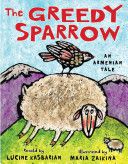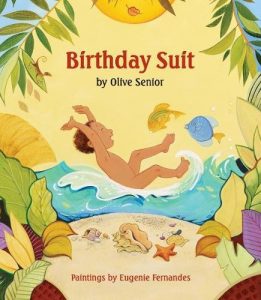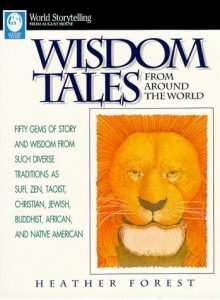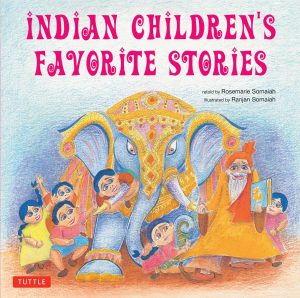This collection of 12 brief Latin American trickster tales is lively and humorous.
Author: Book Importer
Wisdom Tales From Around The World: Fifty Gems Of Story And Wisdom For Such Diverse Traditions As Sufi, Zen, Taoist, Christian, Jewish, Buddhist, African, And Native American (World Storytelling)
Wonder Tales (World Storytelling)
The Serpent Slayer: And Other Stories of Strong Women
A collection of twenty traditional tales from various parts of the world, each of whose main character is a strong and resourceful woman.
Jewish Migration
Jewish Migration will look at young migrants from pogrom-era Russia to the USA, at World War II era escapes to safe countries, at the Kindertransport to England, and at post-war resettlement in Palestine, and contemporary Russian Jews arriving in Israel today.
The Maid of the North
The Maid of the North weaves together tales about a woman’s right to freedom of will and choice. In this collection of mostly nineteenth-century folk and fairy tales, Ethel Johnston Phelps’s heroines successfully portray women as being spirited, courageous and smart. This type of heroine is not easily found in most collections; in most traditional folk and fairy tales we encounter women are portrayed as being good, obedient, submissive, and, of course, beautiful. These women—and girls—are resourceful; they take action to solve a problem and use cleverness or shrewd common sense to solve the dilemmas they face.
The tales themselves are part of an oral tradition that document a generation according to the values of the time. Phelps has given these older tales a fresh, contemporary retelling for a new generation of readers, young and old. She shapes each story—adding or omitting details—to reflect her sense of a feminist folk or fairy tale.
The twenty-one tales collected represent a wide variety of countries; approximately seventeen ethnic cultures from North America to Europe to Asia tell a story in which women play a leading or crucial role in the story.
Outfoxing Fear: Folktales from Around the World
Humans of all eras and cultures have lived with fear: of becoming jaguar prey, of being besieged by Vikings, or of nuclear holocaust. Folktales help us transform this fear into action, into solutions, into hope. Kathleen Ragan has scoured the globe and collected these 64 tales that respond to fear in its wide variety of incarnations. From the old Japanese woman who tricks the tengu monster to the bluebird that uses the Chinook wind to teach her mother compassion, Outfoxing Fear is a collection of positive, even utopian, folktales arranged thematically around topics such as the nature of fear and courage, the importance of laughter, and the need for hope.
Indian Children’s Favorite Stories
The Greedy Sparrow

A sparrow receives kindness from strangers and repays each act of kindness with a trick to get more, but at last, in a surprising twist, the sparrow is back with his original problem.
Featured in Volume VI, Issue 1 of WOW Review.
Birthday Suit
 Johnny loves nothing better than splashing in the ocean waves—naked. But Mom says now that he’s four he’s too old to run around without clothes on. She even buys him a pair of overalls with genuine 100 percent child-proof snap fasteners! But they’re no match for Johnny as he wriggles out of them. Johnny’s father explains that big boys wear clothes. Doesn’t he want to be big like Dad? As Johnny gazes up, he decides that wearing clothes may be a small price to pay to reach such heights. Everyone is happy as Johnny practices putting on his clothes. And now when he runs into the ocean, he makes sure to take his red swimsuit—but that doesn’t necessarily mean he’ll always wear it! Imbued with the lilt of the Caribbean and featuring illustrations that capture the warmth and humor of the text, this charming picture book is sure to amuse young children—naked or not!
Johnny loves nothing better than splashing in the ocean waves—naked. But Mom says now that he’s four he’s too old to run around without clothes on. She even buys him a pair of overalls with genuine 100 percent child-proof snap fasteners! But they’re no match for Johnny as he wriggles out of them. Johnny’s father explains that big boys wear clothes. Doesn’t he want to be big like Dad? As Johnny gazes up, he decides that wearing clothes may be a small price to pay to reach such heights. Everyone is happy as Johnny practices putting on his clothes. And now when he runs into the ocean, he makes sure to take his red swimsuit—but that doesn’t necessarily mean he’ll always wear it! Imbued with the lilt of the Caribbean and featuring illustrations that capture the warmth and humor of the text, this charming picture book is sure to amuse young children—naked or not!



